3 Lessons from Jennifer Tan at 21CLHK: When 21st-Century Skills Become Visible
This is post by Ritchie Wong a final year education student in Hong Kong about his experience at 21CLHK.
3 Lessons from Jennifer Tan at 21CLHK: When 21st-Century Skills Become Visible/in News, Blog/by Ritchie Wong
This is post by Ritchie Wong a final year education student in Hong Kong about his experience at 21CLHK.
One big question educators always ask about the ever-growing role of 21st-century skills: ”How can I identify, develop and assess vague soft skills – like creativity, and collaboration?’ Thanks to Ms. Tan, at least, we have one clue – make these skills visible, and evidence-based. She illustrated how this can work in K12 education, by sharing her on-going experiments to develop students in Singapore with creativeness and collaborative-ness through dialogic evidence. Below are the three lessons learnt.
1. To Change Education Is To Change the Rubrics

Clearly inspired by the idea of backward design, the 21st-century-skill framework proposed by Dr. Tan starts commenced with explicitly defining indicators of success in creativity, and collaboration—in her case, the exemplar dialogues generated by students. She added: not only should positive indicators be listed out in the rubrics, but also the negative ones—though things get more subjective here. When every stakeholder shares the understanding of what and how the learning of these skills can and should be demonstrated, this synchronised transparency can lead to a higher likeliness of the development of these skills.
2. Don’t Over-Script the Learning Experience for Students


3 Lessons at 21CLHK from Mark Treadwell: Everything Redefined from Scratch/in News, Blog/by Ritchie Wong
This is post by Ritchie Wong a final year education student in Hong Kong about his experience at 21CLHK.
1. To learn is to learn what learning is, first

This was a piece of shocking, and relieving, information. Shocking, because I hadn’t never expected how artificially harmful this technique is; relieving, because my resentment against this system has finally been justified. Though it might be a bit late for an educator-to-be to understand better the nature of learning, one thing is definitely not too late: if we want our students to learn the best, they must learn what learning is before actually learning what the best learning means.
2. The ‘Controversial’ Power of Video and Oral Literacy

While, as he remarked, the traditional written medium won’t go away over night, we as educators are obliged to catch up with the world, by doing two things. One – see through the medium, and dig deep into the knowledge, message and wisdom underneath. Language, in the end, is only a medium to deliver something more useful, meaningful and valuable—something Mr. Treadwell thought more emphasis should be placed on. Second – just include ‘video’ as part of education. Encourage students to use ‘YouTube’ as the new major source of research. Replace Google Form with Flipgrid as the exit-ticket formative assessment. Such small steps might bring Mr. Treadwell’s vision closer to a reality.
3. Common Language for Scalability

3 Lessons from the 21CLHK Opening Keynote: Time to Update Our Job Descriptions!/0 Comments/in News, Blog/by Ritchie Wong
This is post by Ritchie Wong a final year education student in Hong Kong about his experience at 21CLHK.
1. Know Our Learners

This is what Dr. Alcock proposed: to design a truly student-centered curriculum, is to truly understand who our students of today are. Listing 7 qualities of the contemporary learners (as shown above), exemplified by how differently various generations approach to text-messaging, she has reminded me of what a student told me—when I asked the whole class to give one piece of advice for every teacher in Hong Kong: ‘If you want to know whether your teaching is effective on us, just imagine you were learning as we do, and you will know it.’
2. Stop any excuse, teachers!

The victim of a heart attack would never refuse the necessary treatment because he/she ‘has no time’. Our students would never learn to reflectively fail with style, and stand up again, if their influential models (us) did not do the same. A parent would never tolerate teachers – who are responsible for preparing their child for the uncertain future – if they did not fulfill their commitment because they are self-constrained in their comfort zones. As cliched as it sounds, nothing indeed is impossible if the heart to make a difference is strong enough.
3. The world is assessing you, you and you!

